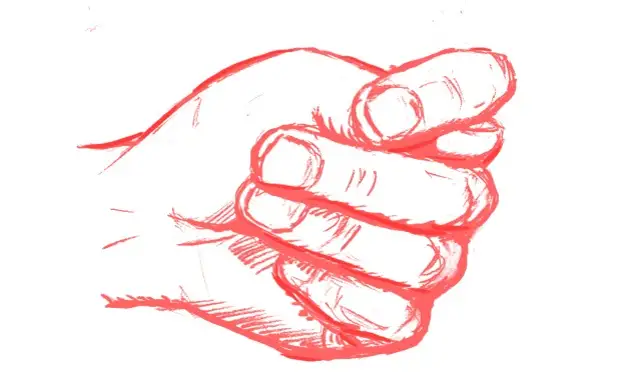
Why do we blame on the chest of a shirt, throw the header and show Cooks? We decipher the Russian folk language of gestures.
1 throw out of the header
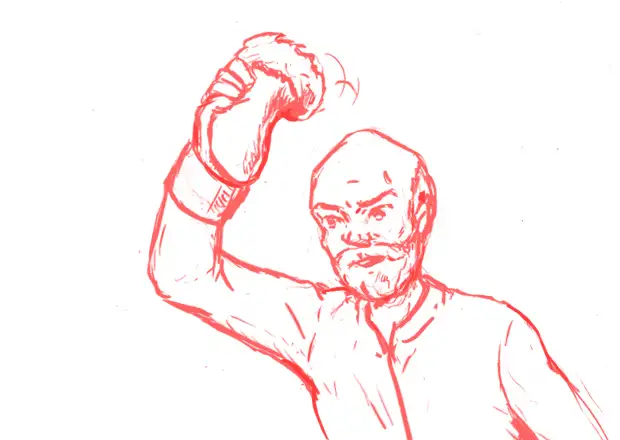
Expressive gesture that articulated some desperate solution. The headdress (along with a beard) for Russian men symbolized dignity, integration in society. Public removal of the cap was considered a grave shame, a kind of civil execution. Usually this procedure was subjected to debtors. The voluntary throw on the Earth caps demonstrated a person's readiness to go for the most insane risk, in which the cost of failure could be the expulsion of a person from society.
2 scratching zatil
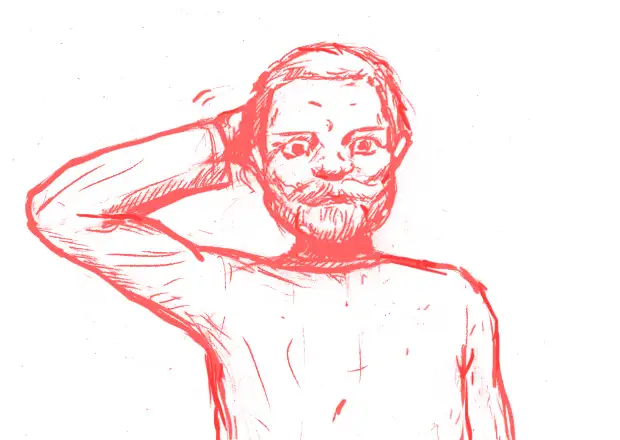
Russian man scratching the head, when something is puzzled. Question - for what? Of course, it is unlikely to stimulate the blood circulation of the brain. One of the versions says that this gesture came from folk magic: Thus, our ancestors caused the aid of the greatness of the genius of the genus.
3 tear on the chest shirt
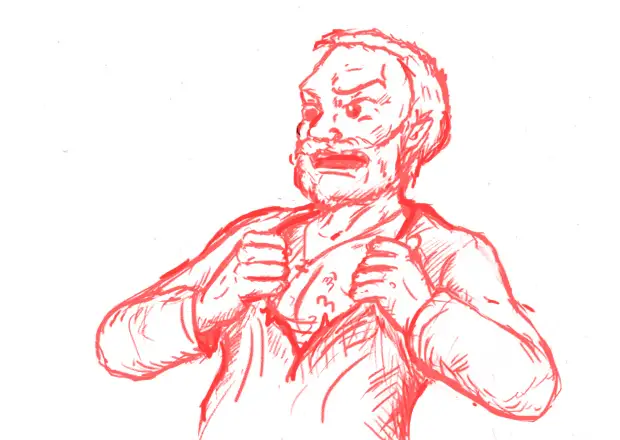
It was probably initially an improvised oath. There is a hypothesis that such an expressive gesture of our ancestors showed their belonging to the Orthodox faith, demonstrating the cross. In addition, it is known that with the executions and some bodily punishments, the executors ruined at the punished top of the shubah. So, the voluntary breaking of clothes as a convincing argument was designed to show the readiness of a person to fall on the truth.
4 beat yourself in the chest
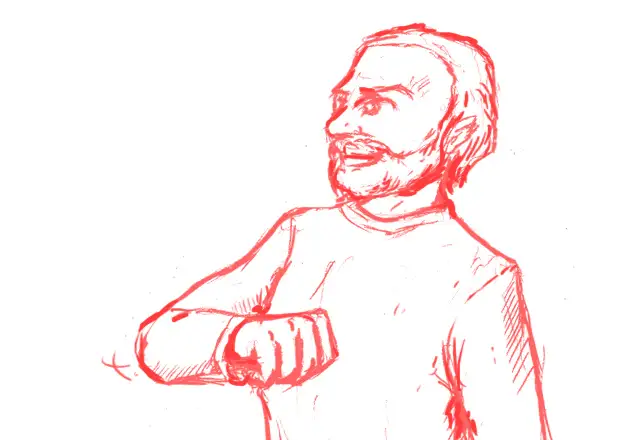
This gesture on one of the versions came from the military tradition of nomads and was listed on Russia Tatar-Mongols. So "Stepnyaki" brought an oath to her tinsen. Punching in the chest as a gesture should have shisled man's dedication.
5 "Goat"
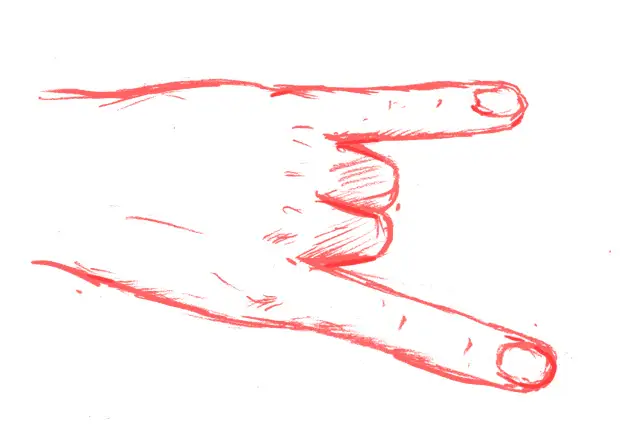
As a rule, this gesture is mistakenly binding to the criminal "milk" or "metal" fans. In fact, the "goat" has a few millennia, and it was connected with the protection of black magic, from evil spirits. Probably, the older generation still remembers the flower "goes the goat horned behind the small guys ...", when the adult show how the goat is gone, depicting goat horns with the help of the mother's and index finger of the right hand. In fact, it is not just a game with a child - so our rapids shot the evil eye from children.
In addition, an ancient Greek speakers accompanied "goat" - this configuration meant "instruction". From the ancient risers, this gesture was adopted by Christian priests, who often accompanied their sermons for the "goat". It is curious that on some Orthodox icons you can see the Savior and Saints with the Misinterpaste put forward and the index finger.
6 Kukish.
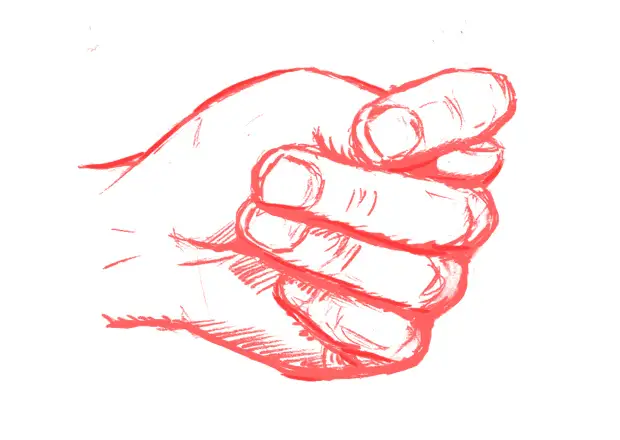
In general, this gesture is characteristic of many cultures. In Russia, they were probably recognized from the visitors of Germans, who were trying to seduce the Russian ladies to seduce with such a vulgar gesture. There is even a version that "Figa" originated from the German expression Fick-Fick Machen (a traditional German invitation to intimate intimate) sounded). In the Russian tradition, the symbol of this gesture (probably, thanks to the highly powerful Russian women) was transformed into the designation of a categorical refusal. Moreover, over time, "Figa" began to be used as a protective agent from unclean strength: apparently, due to the promiscuity, expata from German lands were equated with demons
7 Click on the neck
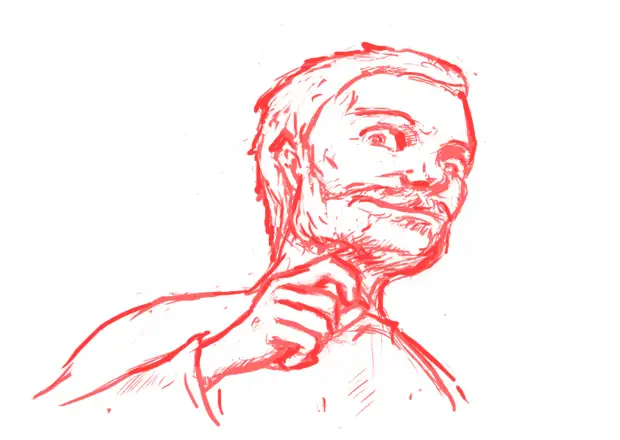
This gesture from the Russian pietary tradition was articulated in the XIX century the phraseological phraseology "lay out for the tie". The expression was born in the officer's environment, and he invented him a certain Colonel Raevsky, "Krasnobay and Balagur". By the way, he "invented" and another "peteen" phrase is a little suphe (chauff?). Interestingly, this gesture took into armament of speculators with hot drinks during the "dry law" times, which Nicholas II established in the Russian Empire in 1914.
a source
